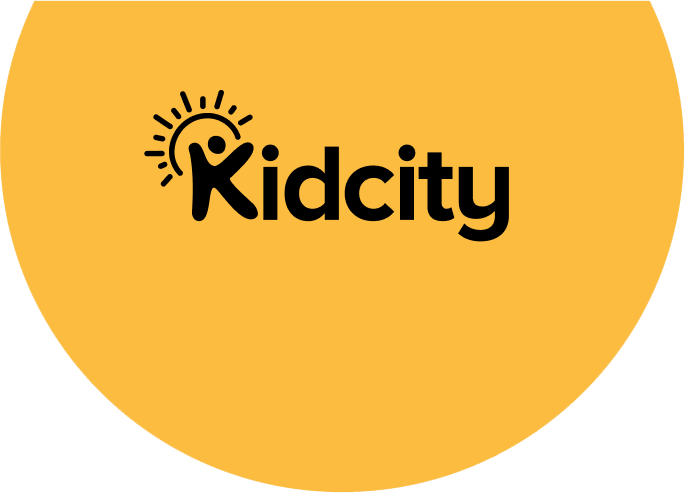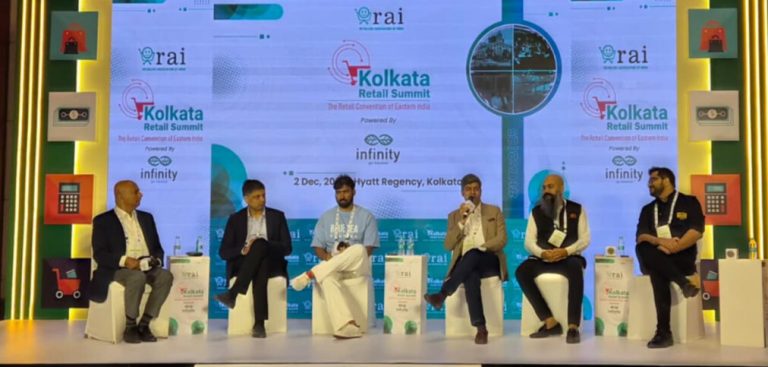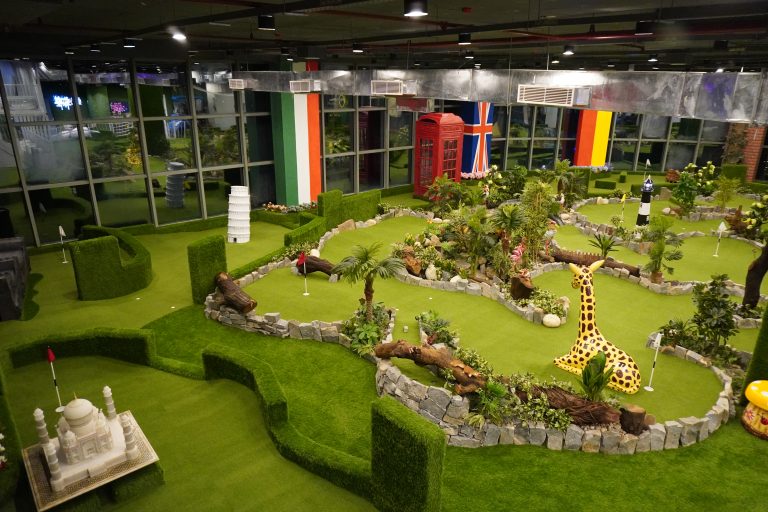Compared to the entire clothing market, the Indian kids’ apparel segment experienced the most growth in 2021. To stay current with fashion trends, manufacturers utilize dazzling materials. Neighborhoods and unorganized enterprises dominate India’s demand for children’s clothes. Organized players will be able to do so, giving them a solid foundation to grow their market share.
KidCity is a technology-driven omnichannel marketing & networking platform, that connects kidswear brands to retailers. They are beyond just a mobile-application, their platform brings a new level of efficiency and personalisation to kids wear sourcing and retail. It promises to help the core issues of supply-chain, long credit cycle, inaccessibility of brands across the country and availability of the right product at the right price.
In the eastern metropolis of Kolkata, considered the gateway to East and Northeast India, a digital hub for kidswear is at play with dreams to go brick-and-mortar soon. It was the other way round just before COVID-19 struck with all its mayhem. For a 26-year-old, like for many, many others, it was a dream gone wrecked. But he had the wherewithal, family support and the fire to pivot.
“Since college days I was keen on the startup ecosystem. I wanted to do a scalable biz that goes really big. I was always hungry, and I wanted to do something different, something big and bigger and not just get into the family business as a third-generation heir,” says Mayank Varma, the Founder of Kolkata-headquartered KidCity, his passion palpable over the telephonic conversation.

Two generations of Mayank’s family were into the retail and manufacturing of wears for children, and when the pull from home to join the family business grew soon after he completed his formal education, he did head back to Kolkata from Mumbai and looked into the manufacturing of private labels for some of the top kidswear brands and retailers across the country. But the urge to do “something different” got stronger than ever, more so as “I realised the pain points of the industry. I was struggling to understand the business flow. As in, say if I am manufacturing a line in January, I was selling it in March-April, and getting the payment in June-July — which meant that one business rotation was happening for six months and therefore poor cash flow, though in a volume set up this could still be compensated”
KidCity onboards both brands and retailers, providing access to 80–90 brands digitally in one go. In fact, our primary stakeholder, the manufacturer, has never had the opportunity to connect with such a large number of retailers in an easy and seamless way. Once a collection is live, the retailers begin their purchase and the billing begins immediately and after a gap of about 10 days, the brands get their payment in 10-15 days. This period of a fortnight or so is to allow for the retailer to get the stock.
In the offline mode, the payment would have come in three-four months.

KidCity works on two models. The much-anticipated marketplace model, introduced this July, allows brands to keep stocks at their warehouse and the orders by the retailers to be executed in JIT (Just-in-Time) wherein as soon as there is an order, there is a pick-up from the manufacturer/brand and sent to the retailer. “This model will help us to scale up our business as more and more brands/manufacturers will want to come on board.” For this, KidCity has tied up with UniCommerce, a unicorn startup that deals with inventory management.
The express model of KidCity keeps stock of designs in its integrated warehouse. Brands send a few boxes of each style to their warehouse on SOR basis (sale or return).
KidCity has begun its journey with the apparel category but will venture into toys, shoes, school uniforms, school essentials, mother-care products and everything to do with kids. “We intend to be a one-stop solution for retailers to procure goods for every need of the kids as the increasing disposable income and changing lifestyles of people are driving the demand for kids’ wear in India. We will also explore the offline model to connect brands with retailers through digitisation. The aim is that in about 3–5 years parents, retailers—whosover thinks of kids, should think of KidCity. Think kids Think KidCity could well be our tagline.”
KidCity aim to empower million+ kidswear stores across India and beyond.
They plan to expand to school uniforms, shoes, baby products, toys, school needs.















